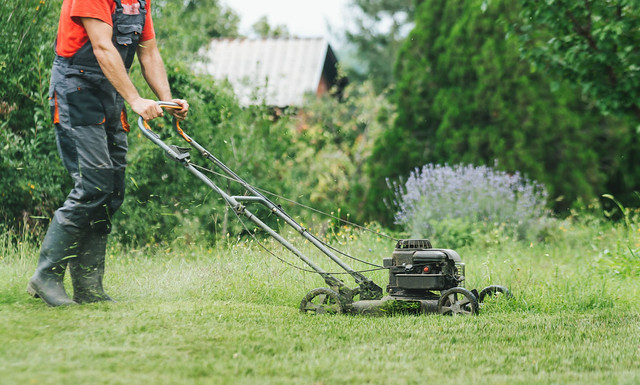
I once lived in a home where fighting lawn weeds seemed a never-ending task. This was a new housing development. Pickets tied with bits of pink ribbon still clearly showed where our property began and ended, and they were handy for helping me determine where I could put in my fence and where I could stop mowing and trimming.
What’s funny, though, is that this never seemed to stop my neighbor’s weeds from creeping over every spring. No matter what I did, the weeds would outmaneuver me and end up taking a foothold from which to mount an invasion of my entire lawn.
My neighbors on the other side of the offending property and I resolved to attack the problem at the source. We had to approach the issue carefully, because just treating our neighbor’s lawn without permission could end with us being cited for trespassing.
Like lawn weeds, invasive species, insects, disease, and wildfire will consume trees and forest landscapes irrespective of property lines, just as rivers and streams flowing across the landscape affect everything downstream.
That’s why it’s important for organizations like the USDA Forest Service to be good neighbors, and that's what the Good Neighbor Authority is all about.
“When properly and actively managed, forests provide a wealth of benefits, including clean drinking water for over 68,000 communities, millions of recreational and job opportunities, critical wildlife habitat, and so much more,” said George Geissler, president of the National Association of State Foresters and state forester for Washington.
Put simply, the Good Neighbor Authority allows the Forest Service to make cooperative agreements with states and Puerto Rico to allow them to perform restoration and management services on lands managed by the Forest Service.
“Good Neighbor Authority projects prove that the Forest Service and state forestry agencies can work together to create and maintain healthy and productive national forests through active management,” said Geissler. “GNA is a great example of government done right.”
Back to my real life interaction with my neighbor and his weeds.
Turns out, our neighbor had been nursing some recent health problems and was short on the cash needed to pay for professional lawn care. My neighbors and I agreed to share the cost and labor of lawn care until our neighbor was back on his feet. By the next spring, all our lawns looked good, and our healthy neighbor was back on his feet helping us with our yard work. Being a good neighbor helped all of us.



